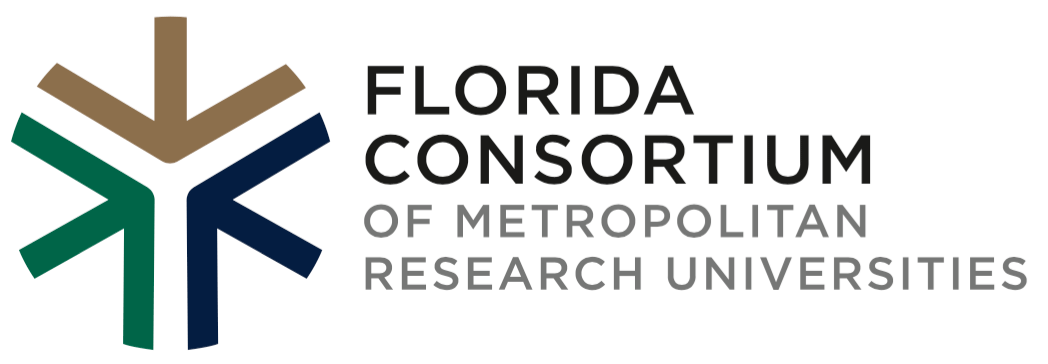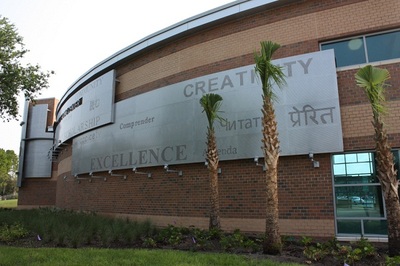Of the nearly 140,000 undergraduate students that attend Florida Consortium member institutions: Florida International University, the University of Central Florida, and the University of South Florida about 77,000 of them transfer from another college, usually a state college. In terms of statewide student success and measures that convey university achievement, the Sunshine State doesn’t recognize their contributions. However, the Florida Consortium’s; Florida Transfer Success Network is on a mission to change that with support from the Helmsley Charitable Trust.
The Florida Transfer Success Network is comprised of leaders from FIU, UCF, and USF. The network began meeting in 2017 to discuss ways to eliminate performance gaps, reduce time to degree, and the ideal introduction to institutions within the State University System of Florida. The network developed the inaugural Florida Summit on Accelerating Transfer Success; a one day convening devoted to developing a comprehensive advocacy agenda for transfer students. Over 225 attendees from the state college, private, and public institutions convened in Orlando. When asked “contributing to a dialog that results in a seamless transition to the university” was the primary reason for attending the inaugural summit.
Dr. Nancy Lee Sanchez of Kaplan Educational Foundation, served as the keynote presenter of the summit. She offered research,detailed examples, and techniques to engage and support transfer students. Also noteworthy, Dr. Janie Vades of FIU, Dr. Jeff Jones of UCF, and Dr. Fai Howard of USF shared updates on their institutions approach to transfer student success. They also shared areas for improvement.
Chancellor, Madeline Pumariega, served up the highlight of the day with her hour long address. She outlined the 2+2 state of Florida articulation agreement. She spent time explaining how time to degree impacts transfer effectiveness. At present, the process is complicated, unnecessarily long, and cumbersome for students. Chancellor Pumariega wrapped her presentation by emphasizing the need for multiple access points as a model higher education should be striving towards.
In addition to the high profile presenters; summit participants participated in small focused education sessions on a variety of areas such as Pathways into Undergraduate Research for Transfer Students to Exploring Transfer Student Success in STEM. Finally, the day wrapped up with a panel where students gave their experiences as transfer students. Ultimately, the Transfer Network and summit participants provided five potential areas for advocacy and action which include:
- Advising – How do students make the transition and ensure that their credit hours are right for the major they want to pursue?
- Curricular Alignment – Many of the gateway courses offered at the state college level don’t align with the courses a transfer student will encounter in their major. How can faculty work on this important barrier?
- Transfer Shock – How can institutions address transfer shock and help students assimilate without the traditional dip in performance?
Excess Hours – Transfer students are the most likely student population to run into excess credit hours. How can advisors on both campuses advise students on proper course loads and sequencing to avoid the excess hour penalty? - Student Life – How can universities make transfer students feel more connected and welcomed once they arrive? Would expanded orientation, access to social and engagement opportunities, and an introduction to campus culture help?
In closing, the Florida Consortium is committed to contributing to a statewide agenda for transfer students that addresses affordability, proper assessment and simple pathways. We will continue to support investigative and advocacy efforts.
Related Content:

